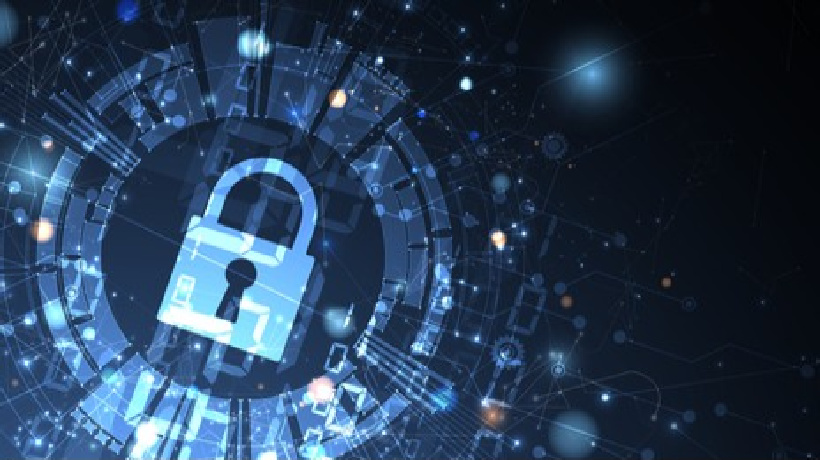How The Same Tech Powers Cybercrimes And Digital Security
The digital world has transitioned from a virtual Wild West to a complex field where cybersecurity is the key player. In this exploration of the past, present, and future of digital security I'll delve into the challenges faced, the solutions implemented, and what lies ahead.
The Early Days Of Cybersecurity
At the beginning of the Internet age, security was not the first thing to do, and the consequences were evident. The infamous "ILOVEYOU" worm in 2000 wreaked havoc, infecting millions of computers globally. As organizations rushed to establish their online presence, the lack of robust security measures left them vulnerable to attacks. According to a Verizon Data Breach Investigations Report (DBIR), in 2008, 59% of breaches were attributed to hacking, and 84% of them exploited vulnerabilities in card payment operations.
Defence Mechanisms
By 2008, cybersecurity measures began to evolve and prioritize the escalating threats. The focus shifted towards developing more sophisticated defense mechanisms. Firewalls and antivirus software, once considered adequate, were now supplemented with intrusion detection systems and intrusion prevention systems to track and tackle unauthorized access. An example of such technology is Snort, an open-source network intrusion detection system, which became widely adopted for its effectiveness in real-time traffic analysis and packet logging.
Moreover, the concept of security information and event management gained traction. SIEM solutions, like IBM's QRadar and Splunk, consolidated log data from various sources, enabling real-time analysis of warnings generated from apps and connected devices. This period also saw the rise of web application firewalls designed to protect web servers from app-side attacks, including cross-site scripting and SQL injection. Companies like Imperva and Akamai emerged as leaders in this space, offering solutions to safeguard websites from these new types of threats.
Data Encryption
Another significant measure was the implementation of stronger data encryption standards. The Advanced Encryption Standard, approved by the National Institute of Standards and Technology in 2001, became widely adopted for encrypting sensitive data, especially in financial transactions. Payment Card Industry Data Security Standard compliance also became a priority for businesses involved in card payment operations, driving the adoption of comprehensive security measures to protect cardholder data.
So, the year 2008 marked a critical point in the evolution of cybersecurity, highlighting the need for a multi-layered security approach to combat the increasingly sophisticated cyber threats. These measures laid the groundwork for the next generation of cybersecurity strategies, emphasizing the importance of adaptability and proactive defense mechanisms.
The Present: Sophisticated Digital Security
Fast forward to the present, and cyber threats have evolved significantly in both scale and sophistication. The interconnectedness brought about by IoT has expanded the scope of attacks and made people and businesses more vulnerable. According to Cybersecurity Ventures, global cybercrime costs are expected to reach $10.5 trillion annually by 2025, demonstrating the financial impact of these threats.
Ransomware attacks have become a prevalent menace. The WannaCry ransomware in 2017 exploited a vulnerability in Microsoft Windows, affecting over 200,000 computers in 150 countries. The incident emphasized how vital the timely software updates were and the potential consequences of neglecting security patches.
To combat these evolving threats, the cybersecurity industry has embraced advanced technologies. The use of Artificial Intelligence and Machine Learning has become standard, allowing for more proactive threat detection. According to a report by IBM Security, organizations that take advantage of AI in their cybersecurity strategy experience an average cost savings of $1.76 million per data breach.
Another well-tested cybersecurity practice is DevSecOps or Security in Development Operations. Developers more and more focus on the automation and optimization of their processes, and security is no exception. Now, a wide variety of DevSecOps tools help software developers and owners ensure compliance and safety in a friendlier and faster way.
Employee training and awareness programs have also gained prominence, recognizing the human factor as a vulnerability. Phishing attacks, where cybercriminals manipulate individuals into revealing their sensitive information, remain a significant threat. Again, according to the 2022 Verizon DBIR, 82% of attacks involved human engagement.
The Future: What To Expect From Criminals And Security Guards
As we peer into the horizon of digital security, the interplay between emerging threats and innovative defenses takes on new dimensions. Advanced AI-driven attacks, capable of learning and adapting to security measures in real-time, are on the rise. The sophistication of these threats highlights an urgent and ethically grounded approach to AI development and deployment in cybersecurity.
1. Quantum Computing
The emergence of quantum computing enhances computational capabilities, yet it casts a long shadow over data protection. The power of quantum computers threatens to render current encryption protocols obsolete, potentially exposing vast amounts of sensitive data to new vulnerabilities. This looming quantum threat underscores the critical need for the development and adoption of quantum-resistant encryption technologies to secure communications against future quantum-enabled breaches.
2. Biometric Authentication
While biometric authentication technologies offer a leap forward in securing access to devices and services, they also present profound privacy dilemmas. The deployment of facial recognition and other biometric systems has sparked intense debate over privacy rights and surveillance, pushing for a nuanced approach that safeguards security without compromising individual freedoms.
3. Blockchain
Blockchain technology is the true hope amidst these challenges and offers a robust framework for securing digital transactions and identities. Innovations like Microsoft's Identity Overlay Network illustrate the potential of blockchain in creating decentralized, user-controlled identity verification systems. Such applications of blockchain enhance security and offer a shift towards user empowerment in digital interactions.
The call for a unified front against cyber threats is echoed by global entities like the World Economic Forum, which emphasizes the necessity for cohesive action among governments, private sectors, and civil society. The collaborative effort is poised to forge a resilient digital infrastructure, setting new standards and regulatory frameworks that will build a secure and inclusive digital future for all.
Cybercrimes Get More Sophisticated But Technologies Keep Up
The path from the first days of the web to the present of digital operations has been marked by continuous adaptation to evolving cyber threats. As I've mentioned, a strong collaboration of all stakeholders is what we need to keep up. The collective efforts of people, businesses, non-commercial organizations, and states are crucial to safeguarding the digital space. By staying vigilant, embracing emerging technologies responsibly, and fostering a culture of cybersecurity awareness, we can secure today and tomorrow against the challenges they may bring.









